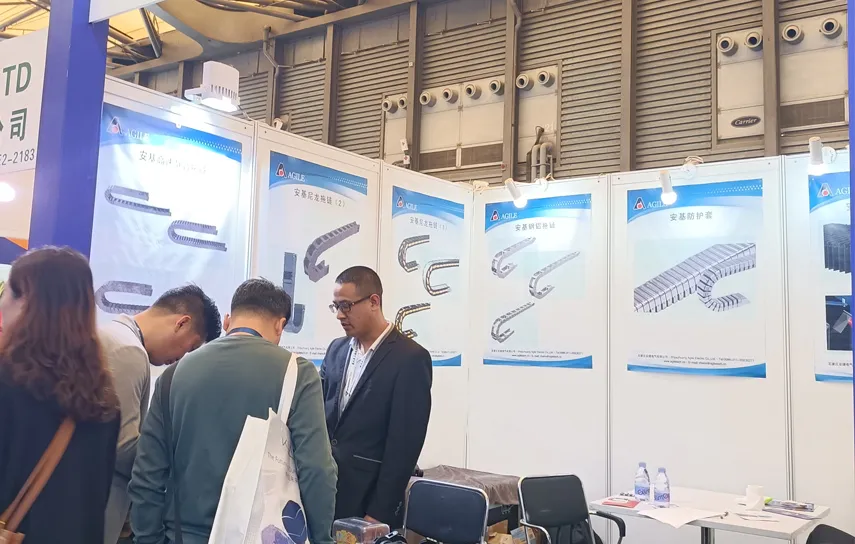scraper chip conveyor
The Importance of Scraper Chip Conveyors in Modern Manufacturing
In the realm of modern manufacturing and machining, efficiency and reliability are crucial for maintaining productivity and maximizing throughput. One piece of equipment that plays a critical role in achieving these goals is the scraper chip conveyor. This specialized conveyor system is designed to manage the removal of chips and debris generated during metalworking processes, ensuring a clean and safe working environment while also enhancing operational efficiency.
What is a Scraper Chip Conveyor?
A scraper chip conveyor is a mechanical system specifically engineered to collect and transport metal chips, shavings, and other waste materials produced during machining operations such as milling, turning, and grinding. These systems are designed to operate in heavy-duty environments, where they are subjected to the harsh conditions typical of manufacturing facilities. The primary function of a scraper chip conveyor is to continuously move chips away from the machine tool, preventing buildup and ensuring a steady workflow.
How Do Scraper Chip Conveyors Work?
The operation of a scraper chip conveyor is relatively straightforward yet highly effective. The system consists of a series of linked metal scrapers attached to a durable chain or belt. As the machine operates, the scrapers move along a trough or channel, collecting chips and shavings from the cutting area and transporting them to a designated disposal or recycling location.
One of the significant advantages of scraper chip conveyors is their ability to handle various types of materials, including ferrous and non-ferrous metals, plastics, and composites. Moreover, they can be customized to fit specific equipment layouts and production processes, making them versatile solutions for diverse manufacturing environments.
Benefits of Using Scraper Chip Conveyors
scraper chip conveyor

1. Increased Efficiency By automating the chip removal process, scraper chip conveyors significantly reduce the downtime associated with manually cleaning up waste materials. This automation allows machine operators to focus on their primary responsibilities, thereby increasing overall productivity.
2. Enhanced Workplace Safety The accumulation of metal chips and debris can pose safety hazards, including slips, falls, and potential injuries from sharp materials. Scraper chip conveyors help maintain a clean workspace, reducing the risk of accidents and promoting a safer working environment.
3. Improved Machining Accuracy A clean machining area contributes to better machining accuracy and part quality. By efficiently removing chips that may interfere with cutting tools or workpieces, scraper chip conveyors help maintain consistent machining operations, resulting in higher-quality products.
4. Environmental Sustainability Many manufacturing facilities prioritize sustainability and waste reduction. Scraper chip conveyors can facilitate the recycling of metal chips, allowing manufacturers to reclaim valuable materials and reduce their overall environmental impact.
5. Customizable Solutions Manufacturers often face unique challenges and requirements. Scraper chip conveyors can be tailored to meet specific needs, including dimensions, capacity, and materials of construction. This flexibility ensures that the conveyor system integrates seamlessly with existing machinery and workflows.
Conclusion
In conclusion, scraper chip conveyors are essential components of modern manufacturing systems, playing a vital role in enhancing efficiency, safety, and product quality. By automating the chip removal process, these conveyors reduce downtime and improve the overall productivity of machining operations. As manufacturers continue to seek ways to optimize their processes and maintain competitive advantages, the importance of reliable and efficient chip management solutions like scraper chip conveyors will only continue to grow. Investing in such technologies not only improves operational performance but also supports broader objectives of sustainability and workplace safety, making them an invaluable asset in the manufacturing landscape.








